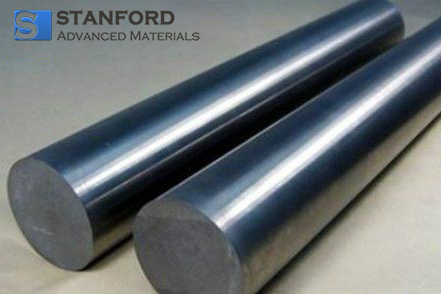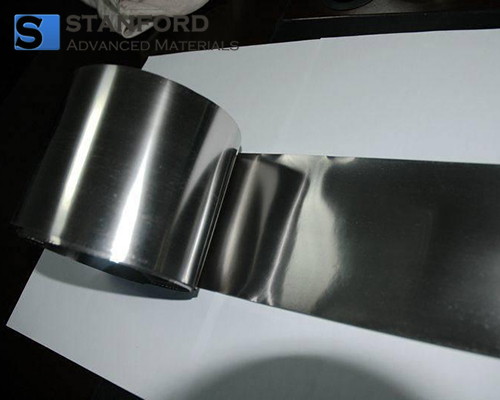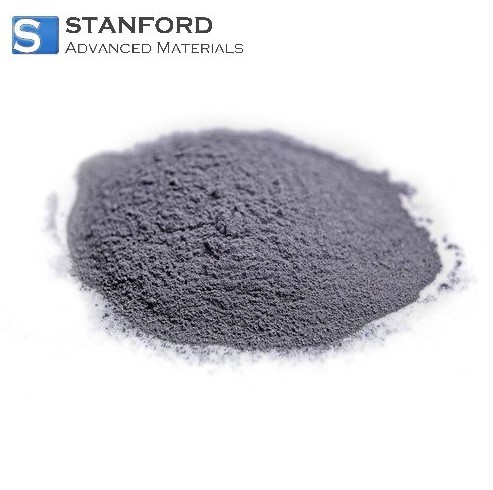Application Of Titanium Dioxide In Sunscreen Products
Ultraviolet radiation consists of light waves that are harmful to the human body. Excessive exposure causes skin redness, heat discomfort, premature ageing and loss of firmness, thereby increasing the risk of skin cancer. Given rising public awareness of these effects, research and production of sunscreens have increased both domestically and internationally. This article examines the use of Titanium Dioxide in sunscreen products.

Titanium Dioxide in Sunscreen Products
Historically, sunscreens mostly utilised organic compounds such as Benzophenones, Salicylates, p-Aminobenzoic Acid and Cinnamic Acids. However, these compounds are unstable and may cause toxicity and irritation. Excessive use may result in chemical allergies and elevate the risk of skin cancer. Nano-Titanium Dioxide has been increasingly adopted as a mainstream sunscreen agent.
Nano-Titanium Dioxide is an inorganic component. It offers chemical stability and thermal stability and provides decolourisation and coverage. It disperses easily and is non-toxic, odourless and non-irritant. The component is safe for use and performs sterilisation and deodorisation.
Ultraviolet light is categorised by wavelength into short-wave, medium-wave and long-wave bands. Short-wave ultraviolet rays possess the highest energy but are blocked by the ozone layer. Consequently, medium and long-wave ultraviolet rays are generally harmful to human health.
Due to its small particle size and high activity, Nano-Titanium Dioxide absorbs, emits and scatters ultraviolet radiation. This effect enables it to block medium and long-wave ultraviolet rays effectively.
Furthermore, the final product demonstrates high transparency due to the fine Nano-Titanium Dioxide particles. Consequently, cosmetic formulators widely prefer Nano-Titanium Dioxide and have gradually replaced some organic ultraviolet protectants. The product development record indicates market potential.
Conclusion
We thank you for reading this article. We hope it improves your understanding of the application of Titanium Dioxide in sunscreen products.
If you require further information regarding Titanium and Titanium Dioxide, please consult Stanford Advanced Materials (SAM).
Stanford Advanced Materials (SAM) is a global supplier of Titanium Dioxide. It has over 20 years of experience in manufacturing and distributing Titanium and Titanium Dioxide. It supplies titanium products that meet the research and production requirements of its customers. We believe SAM will be your supplier and business partner for titanium products.

 Bars
Bars
 Beads & Spheres
Beads & Spheres
 Bolts & Nuts
Bolts & Nuts
 Crucibles
Crucibles
 Discs
Discs
 Fibers & Fabrics
Fibers & Fabrics
 Films
Films
 Flake
Flake
 Foams
Foams
 Foil
Foil
 Granules
Granules
 Honeycombs
Honeycombs
 Ink
Ink
 Laminate
Laminate
 Lumps
Lumps
 Meshes
Meshes
 Metallised Film
Metallised Film
 Plate
Plate
 Powders
Powders
 Rod
Rod
 Sheets
Sheets
 Single Crystals
Single Crystals
 Sputtering Target
Sputtering Target
 Tubes
Tubes
 Washer
Washer
 Wires
Wires
 Converters & Calculators
Converters & Calculators
 Write for Us
Write for Us



 Chin Trento
Chin Trento



